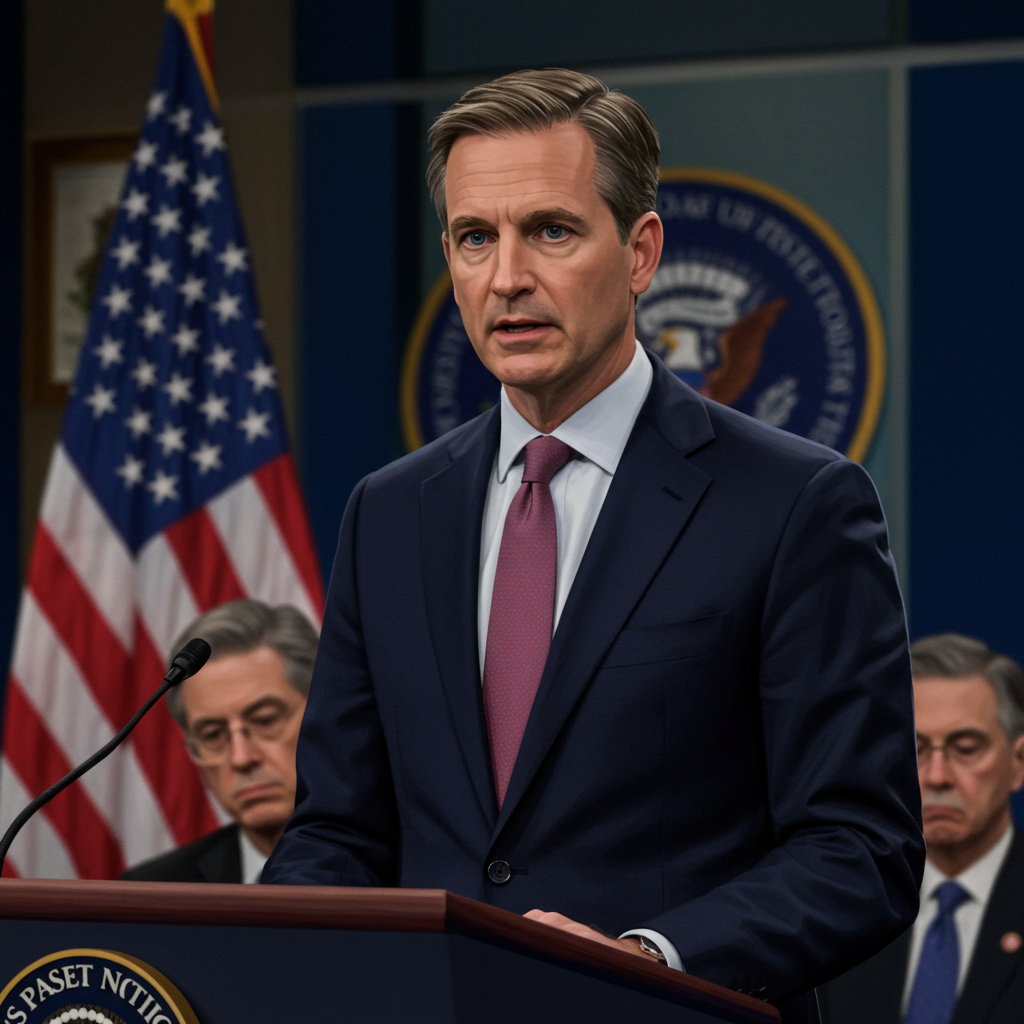A monumental stride has just been taken in the global fight against malaria, a disease that relentlessly claims the lives of hundreds of thousands each year. For the first time ever, a dedicated malaria treatment specifically formulated and approved for the youngest, most vulnerable infants – those weighing less than 5 kilograms (around 11 pounds) – has been given the green light. This groundbreaking development addresses a critical gap in healthcare, promising to save countless lives in regions where malaria remains a devastating threat, particularly across Africa.
Until now, effective malaria treatment for newborns and very young infants has posed a significant challenge. While treatments existed for older children and adults, using these formulations for the tiniest patients presented serious risks. The primary hurdle was the lack of approved drugs with appropriate dosing tailored to their unique physiology.
The Urgent Need: Addressing the “Treatment Gap”
Malaria is a leading cause of death among young children, especially in sub-Saharan Africa. In 2023 alone, malaria was linked to nearly 600,000 fatalities worldwide. Tragically, approximately three-quarters of these deaths occurred in children under the age of five.
Infants under six months were previously among the most neglected groups in malaria treatment development. Their developing bodies, particularly immature liver function, process medications differently than older children or adults. Administering drugs formulated for heavier individuals could lead to dangerous overdoses or toxicity. This lack of a safe, specifically designed treatment created a significant “treatment gap” for a population highly susceptible to severe malaria and its complications. Experts highlight that this gap was particularly perilous for babies born weighing less than 4.5 kg (about 10 lbs), who had virtually no appropriate therapeutic options available.
The sheer scale of the problem is immense. Estimates suggest that around 30 million babies are born annually in African countries heavily burdened by malaria. Studies in these high-risk areas show that between 3.4% and 18.4% of malaria infections occur in infants under six months old. These babies were often excluded from clinical trials and standard treatment protocols due to the complexities of safe dosing and trial design for such a fragile group.
Introducing Coartem Baby: A Tailored Solution
The newly approved medicine, known as Coartem Baby or Riamet Baby in some regions, is set to revolutionize malaria care for this vulnerable demographic. Developed by the pharmaceutical company Novartis in close partnership with the Medicines for Malaria Venture (MMV), a leading non-profit organization, this drug is the first artemether-lumefantrine combination therapy specifically optimized for very young infants.
The approval by Swiss regulatory authorities marks a pivotal moment after years of dedicated research and clinical trials. The development focused on creating a precise dose and ratio of the active ingredients, artemether and lumefantrine, ensuring safety and efficacy for babies weighing between 2 and 5 kilograms (approximately 4.4 to 11 pounds).
Crucially, the formulation is designed with the unique needs of infants in mind. It is dissolvable, making it easy to administer, even mixed with breast milk or other liquids. A sweet cherry flavor has also been added to enhance palatability for babies, simplifying the treatment process for caregivers. This contrasts with previous methods that sometimes involved crushing tablets intended for older children, potentially leading to inaccurate dosing.
A Collaborative Effort for Global Health
The journey to this approval highlights the power of collaboration in tackling global health crises. The Medicines for Malaria Venture (MMV), initially backed by governments and organizations like the British, Swiss, and Dutch Governments, the World Bank, and the Rockefeller Foundation, played a key role in driving this project.
Clinical assessments and trials for Coartem Baby included active participation from eight African nations. These countries are expected to be among the first to gain access to the treatment, leveraging expedited approval processes through the Swiss agency’s framework for global health products. This collaborative approach, from development to regulatory pathways, aims to ensure rapid deployment where the need is greatest.
Novartis CEO Vas Narasimhan emphasized the company’s long-standing commitment to malaria research, stating that this approval ensures even “the smallest and most vulnerable can finally receive the care they deserve.” Similarly, MMV CEO Martin Fitchet hailed the drug as a necessary medicine with an optimized dose for a previously “neglected group of patients,” calling it a valuable addition to the tools available to fight malaria.
Strategic Rollout and Access
Recognizing the immense burden of malaria in low-income settings, Novartis plans to introduce Coartem Baby on a largely not-for-profit basis in endemic countries. This approach is critical from a public health perspective, aiming to reduce inequality in healthcare access and ensure that affordability does not become a barrier to life-saving treatment.
Dr. Marvelle Brown, an associate professor at the University of Hertfordshire, underscored the potential impact, noting that the not-for-profit model can significantly help in reducing health disparities. The planned rollout in African countries within weeks is a testament to the urgency of getting this treatment to the infants who need it most.
The approval of Coartem Baby represents more than just a new drug; it symbolizes a targeted effort to protect a population segment previously left dangerously exposed. While prevention measures like vector control and emerging vaccines are vital, having a safe and effective treatment specifically for the youngest infants closes a major loophole in the global malaria control strategy. It offers hope for significantly reducing child mortality rates in the hardest-hit regions and moving closer to the ambitious goal of malaria elimination. This development is particularly crucial for infants with weakened immune systems, such as those with sickle cell disease, who face compounded risks from malarial infections.
Frequently Asked Questions
Why was a specific malaria treatment needed for the youngest babies?
Historically, there was no malaria drug specifically approved and dosed for babies weighing less than 5 kilograms (about 11 pounds). Treating these very young infants with formulations intended for older children posed significant risks, including overdose, because infants process medicines differently due to developing liver function. This new treatment, Coartem Baby, fills this “treatment gap” with a safe, optimized dose tailored for this specific age and weight group, addressing a critical unmet medical need.
Where will the new Coartem Baby treatment be rolled out first?
Following its approval by Swiss regulators, Coartem Baby is expected to be rolled out first in African countries within weeks. These nations bear the highest burden of malaria deaths, particularly among young children. Eight African countries that participated in the drug’s clinical assessment and trials are anticipated to be among the initial recipients, leveraging expedited access pathways to quickly make the treatment available where it is needed most.
How will the cost and access for this new malaria drug be managed?
Novartis plans to introduce Coartem Baby in malaria-endemic countries on a largely not-for-profit basis. This strategic decision aims to maximize accessibility and affordability for the vulnerable populations it targets, helping to reduce inequality in access to life-saving healthcare. While “largely not-for-profit” needs clarification regarding specific pricing and long-term availability, the intention is to ensure the treatment is available and affordable in the regions where malaria poses the gravest threat to infants.
The approval of Coartem Baby is a significant milestone in the fight against malaria, offering a ray of hope for the youngest lives most at risk. By providing a safe, effective, and appropriately formulated treatment, this development promises to make a tangible impact on child mortality and move the world closer to the ambitious goal of eradicating this ancient disease. Continued focus on access, affordability, and integration into existing healthcare systems will be key to realizing the full potential of this crucial breakthrough.




